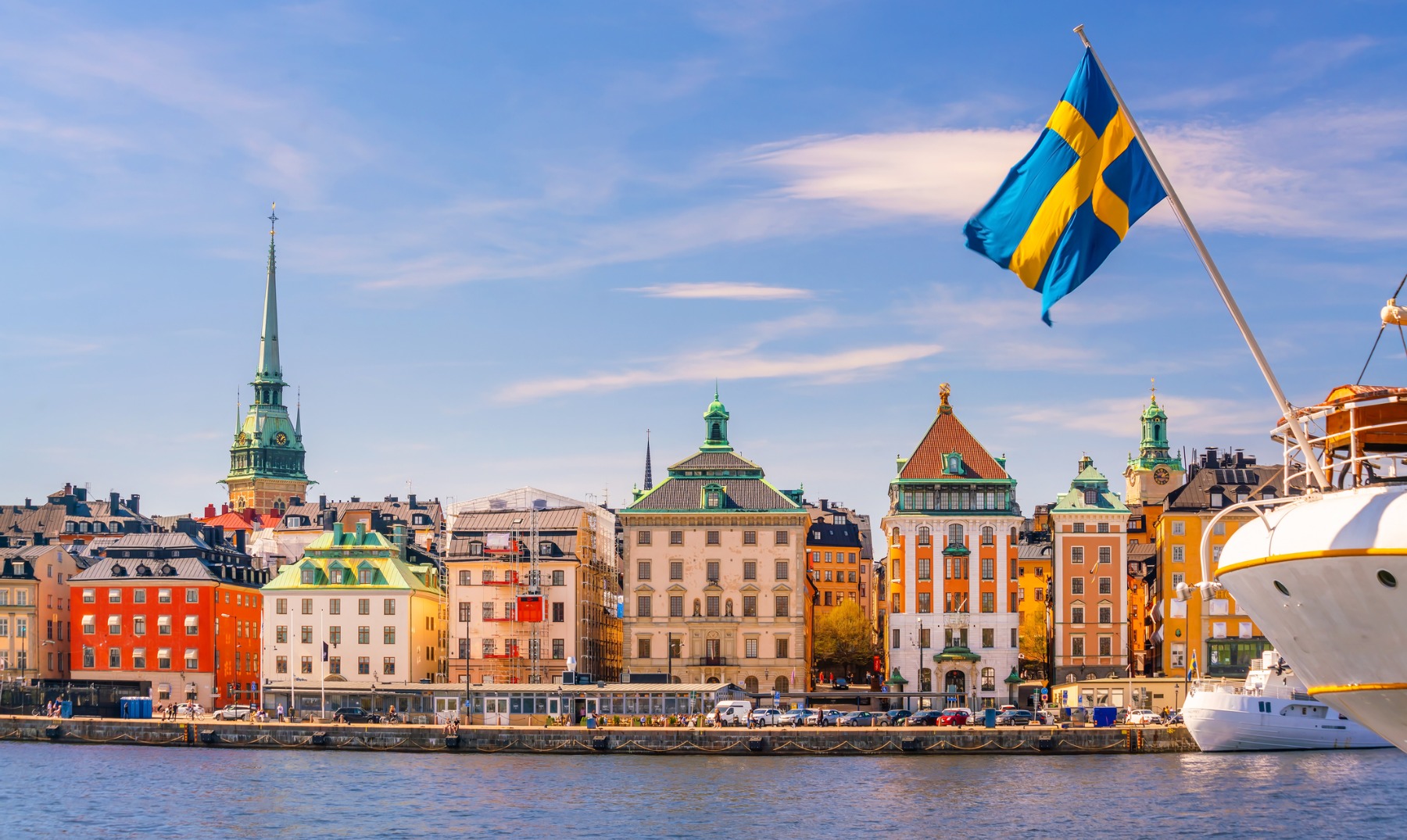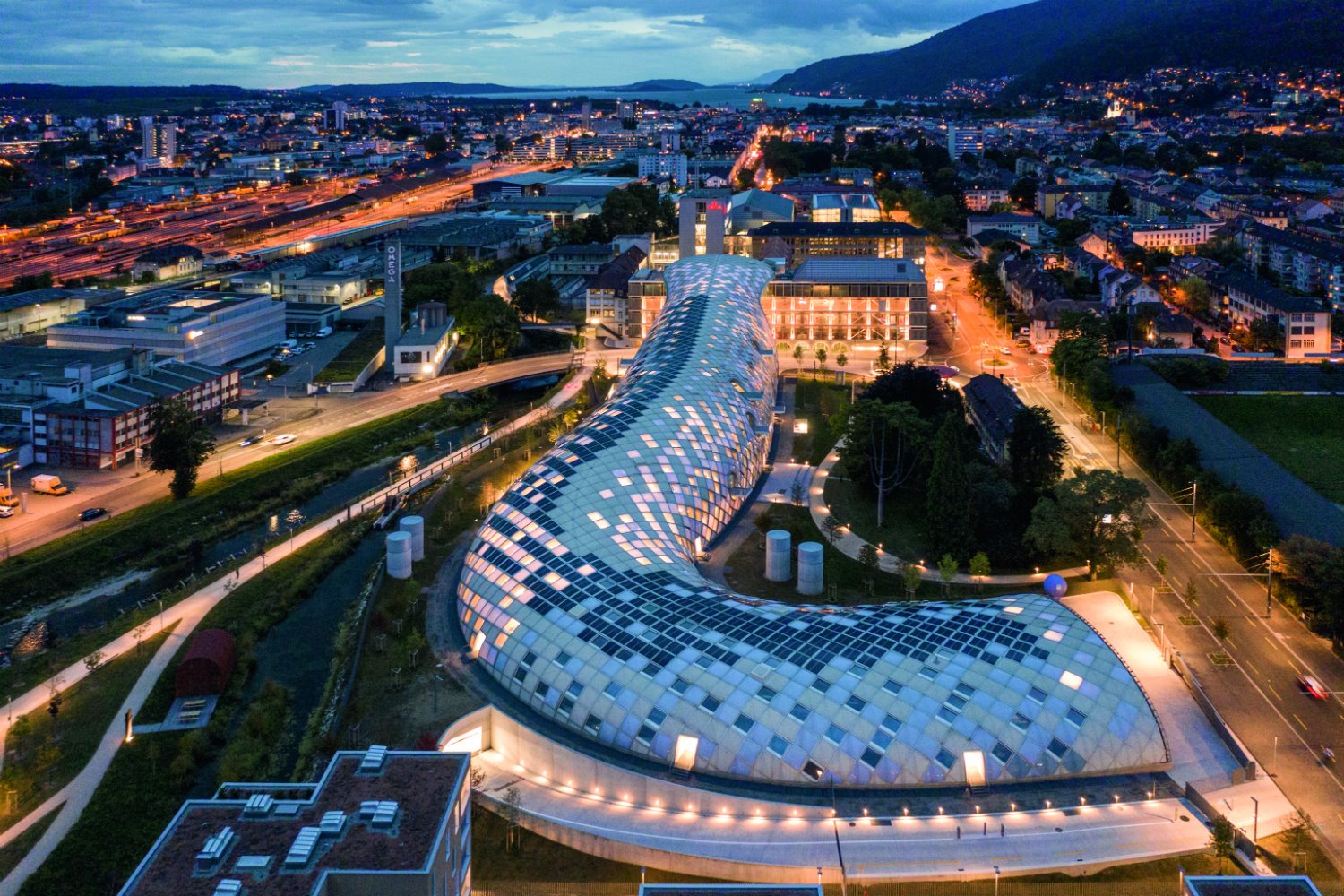I would like to start this article by pointing out the importance and promotion of innovation for the economy of countries in the world. What makes a country a reference in innovation (R&D)? I studied innovation in depth and something that has become very clear to me... is the need for countries to move towards a blue ocean strategy, as I will explain later. Michael Porter (a professor at Harvard) said that companies have two basic strategic options: either they do the same as the rest (and reduce prices so that someone buys from them), or they do different things to obtain higher margins (at the risk of being wrong and failing).
What is the blue ocean strategy?
The blue ocean strategy is a paradigm shift in the way business is done since it proposes to find new market niches in those spaces that have not yet been explored by commerce. Those spaces are called blue oceans.
These oceans can redefine the classical representation system of development strategy to describe how a company can break free of competition and continue on a path of evolution.
To explain the innovation I use the simile of climbing a mountain. Access to the base is easy. The foot of the mountain is a saturated space, full of companies competing equally. It is a “red ocean” teeming with rivals, stained with blood by competition. The red ocean pie has already been distributed, although we can live badly fighting for the crumbs. However, in this article, we are going to refer to some countries that have already reached the summit, detected an opportunity (a new combination of product, market, or business model), and had the courage to ascend, even if it entails a risk, and requires energy. additional. You can fall, but if you reach the top, you have the possibility of accessing a unique position and entrenching yourself there. Above you can find a blue ocean, an unexplored market space. That is the essence of strategic innovation: conquering unique positions and developing exclusive differentiating factors.

Blue innovation
Steve Jobs stated that the difference between a leader and a follower is precisely in innovation. Managing innovation is managing the risk of climbing the mountain.
The base, the red ocean, is a comfort zone: we continue with our clients and with our classic processes. When two brands of vehicles manufacture two almost identical ones (same shape, same power, same technology, and same consumption, that go to the same market at the same price), in order to attract the attention of the consumer, one brand will launch a 10% discount. The next day, the other will do the same. And they are only self-destructing 10% of their value, without external interference. Besides; Henry Chesbrough (Berkeley professor), said: "Innovating is risky, but not doing it is lethal."
Blue innovation, surprisingly, sticks to certain territories. There are countries that stand out in developing blue innovation economies. They are called “blue innovation nations”. What makes it possible for solid science-based companies to emerge systematically in some areas, rapidly scaling into global markets?
If we explore the latest report from the Global Innovation Index that focuses on valuing innovation at all levels in 133 countries around the world. To do this, this body investigates the country's own spending on research, its efforts in education, the number of publications related to science, and many other parameters, always dividing it according to the economic level of the country. In this way, we can find very positive references among some success stories today. For example… Why is Taiwan, or South Korea, whose GDP per capita was less than Ghana's in 1960, today a semiconductor manufacturing powerhouse? Why does Israel, the startup nation, have more than 90 companies listed on the Nasdaq? What do you think happened in many regions of Europe? Stockholm, Helsinki, Oberbayern (Germany), Hovedstaden (Denmark), and Zurich (Switzerland) are the most innovative regions in Europe. They radiate blue innovation. In them, there are dense networks of hidden champion SMEs, global leaders in technological products. Is it by chance? NO! ...someone has deployed public policies that have facilitated the ascent of companies to the mountain of blue innovation. There are territories that provide technological support centers to those who want to climb to the top. There are countries that help cover the risk of promotion with good equipment and access to resources (knowledge or preferential financing). When a territory has these mechanisms, the proportion of companies that conquer blue oceans is much higher, and its economy becomes rich and competitive.

Due to this, the Global Innovation Index determines that the 10 most innovative countries in the world are:
- Switzerland: first place for two consecutive years stands out in terms of its policies to do business, being the best country in the world for it. They are also leaders in knowledge creation while holding very high ranks in economic sustainability and knowledge dissemination.
- United States: stands out thanks to the sophistication of its market, being one of the countries where it is easier to invest and also has the ability to help in terms of the creation of new technologies, which is helped by its strong entertainment and computing.
- Sweden: they get first place in the infrastructure category and in research, they also get a position of honor, third place. Its main problem is related to the institutions and the amount of bureaucracy necessary to be able to carry out a new project.
- United Kingdom: They rank fourth thanks mainly to the high level of their universities and the number of studies they publish. They fall behind other European countries due to their problems in terms of institutions and a surprisingly low position in Europe in terms of infrastructure.
- The Netherlands: They are the best country if we look at the income received from intellectual property, while they rank very low in the percentage of graduates in science and engineering. They also have difficulties due to the demand for teachers per student in secondary education, something that they compensate for by being the third country with the greatest online creativity.
- South Korea: Leader among Asian countries and also in the areas of research and development, including a place of honor in universities and government participation in online services. Its main problem is given by the investment and the difficulties to carry out economic operations in the country.
- Singapore: Singapore has the main advantage in institutions, being the leader in both political climate and regulation. However, the problem comes in its relationship with the creative arts where the country falls out of the top 20 and also in the diversification in its own industry.
- Germany: The fifth European country and eighth overall has a clear advantage over the rest in its logistics capacity and in the diversification of its market, which is added to the second place in research. However, his problems in the area of information and communication technologies and his ability to find credit caused him to end up in this position.
- Finland: has a notorious advantage both in knowledge of technologies and in infrastructures, occupying a position within the top 4 in both. However, the main problem is found in the exports of creative goods and the ratio of students per teacher, where they remain behind countries like Sweden.
- Denmark: Denmark's main strength is infrastructure, where they rank 5th, including best for the environment. In the rest, they remain between position 9 and 15, but without standing out in any other category, which places them as the third Nordic country on the list.
Important I want to point out that these 10 countries were placed at the top from the average of two sub-indices, namely:
a) The contribution to innovation, through which elements of the economy that allow and facilitate innovative activities are evaluated, and are grouped into five pillars: 1) institutions, 2) human capital and research, 3) infrastructure, 4) development of the markets; and 5) business development.
b) Results of innovation, which reflects the results of innovative activities within the economy, divided into: 6) transfer of knowledge and technology; and 7) creative production.
In short, countries seek to build innovative economies, regions want to be innovation hubs, companies want to be seen as innovative, and so on. While there is no doubt that innovation is seen as important and desirable, its fundamental importance in the modern economy is sometimes not recognized.
Innovation plays a crucial role in promoting economic growth. Much of the current economic performance of developed countries is the result of technological innovations of the last 150 years. The world owes a lot to innovation and intellectual property protection systems.
In the end, each country can adapt these blue innovations to its specific context and needs to promote innovation and economic growth.
IF YOU WANT TO SHARE A COMMENT, DO SO BELOW
